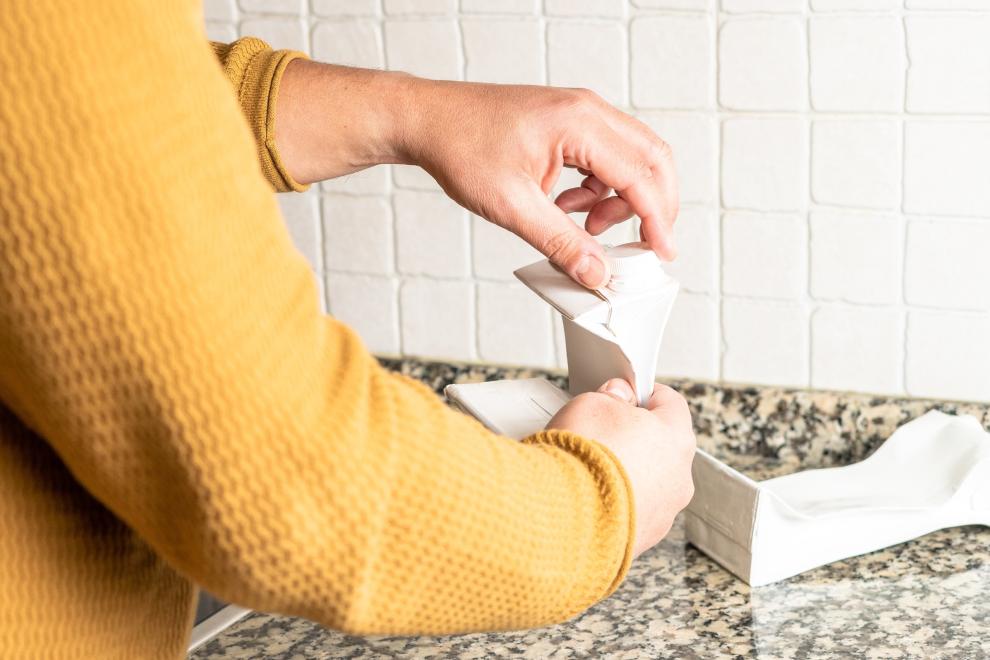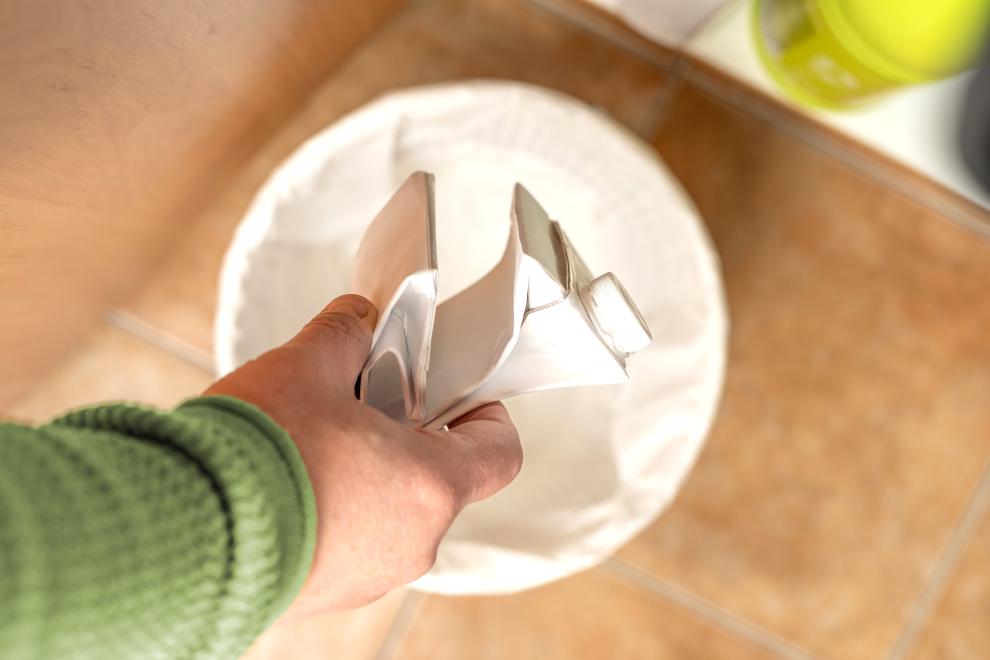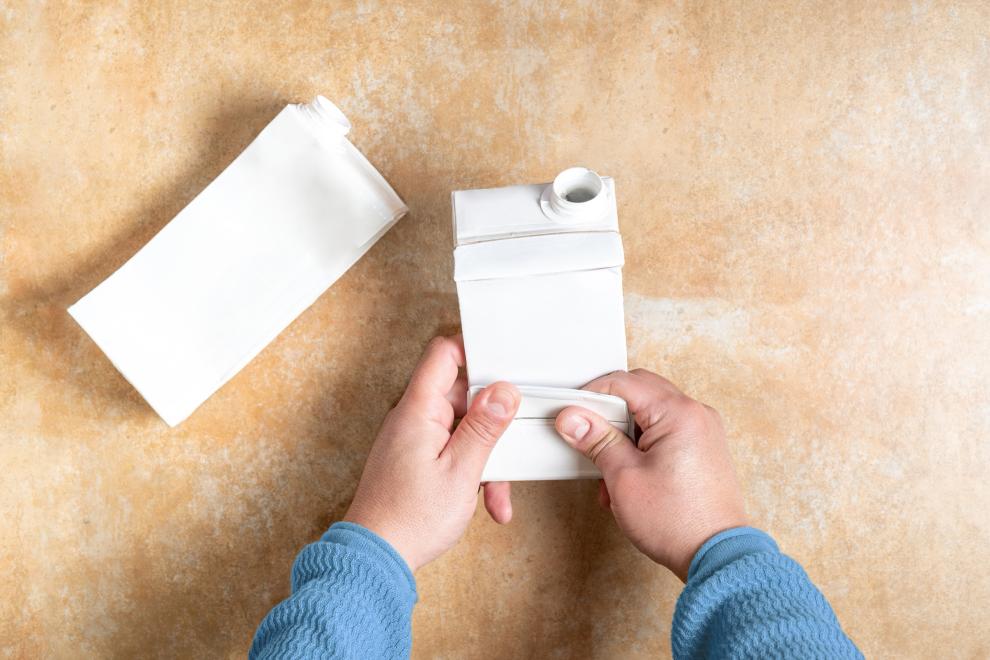Circularity
Food and beverage cartons are a vital component in advancing the circular economy, a system that prioritizes the repeated use of resources by minimizing waste and promoting the reuse, recycling, and regeneration of materials. Circularity is about creating a system where products are designed, used, and recycled in a way that maximizes their value while reducing environmental impact.

Key figures
- ~20 paper and board mills exist in Europe with specialized equipment to recycle used beverage cartons. [Source]
Driving a circular economy through food and beverage carton recycling
Food and beverage cartons, made primarily from renewable materials, are well-suited for this approach, integrating sustainability from their production to their end-of-life.

Designing for Recycling
A critical enabling condition for effective recycling is the initial design of the product itself.
Designing food and beverage cartons with recycling in mind ensures that they can be efficiently processed and reused, rather than ending up as waste. The newly updated Liquid Packaging Cartons: Design for Recycling Guidelines, launched by FBCA in 2025, provide producers with technical guidance on selecting materials compatible with existing recycling processes. These guidelines also outline ways to optimize the recyclability of food and beverage cartons (or Liquid Packaging Cartons, LPCs), ensuring they contribute effectively to a circular economy.

Key pillars of recycling
To enhance the recycling of fiber-based multi-materials globally, the industry focuses on five key pillars that encompass the entire life cycle of recycling.
Food and beverage cartons, made from renewable materials and designed with recycling in mind, play a crucial role in replacing fossil-based resources and supporting sustainable recycling practices globally. To ensure the continued success of these efforts, it is essential that research, innovation, and scientifically grounded recycling guidelines continue to drive the industry forward, benefiting both society and the environment.
- Collection
Collection is the first essential step in recycling. Across different regions, varied waste management systems exist, and the goal is to scale up the recycling of fiber-based multi-material packaging within these diverse systems. - Sorting
Effective sorting ensures high-quality materials enter the recycling process. The industry collaborates with operators worldwide to optimize sorting through existing and emerging technologies like digital watermarking and optical tracers. - Fiber Recycling
Recycled food and beverage cartons are processed into fiber pulp, which is then used to create new materials like corrugated cardboard. The industry is committed to increasing recycling capacity and ensuring high-quality sorting for optimal recycling results. - PolyAl Recycling
PolyAl, a by-product of the pulping process, contains plastics and aluminium. The industry is scaling up PolyAl recycling, exploring technologies that can transform this material into valuable end-products like automotive components and bottle caps. - Valorization
The final phase involves maximizing the value of all recycled products through enhanced recycling methods. New technologies are being tested to ensure the highest quality materials enter the market, contributing to a low-carbon circular economy.